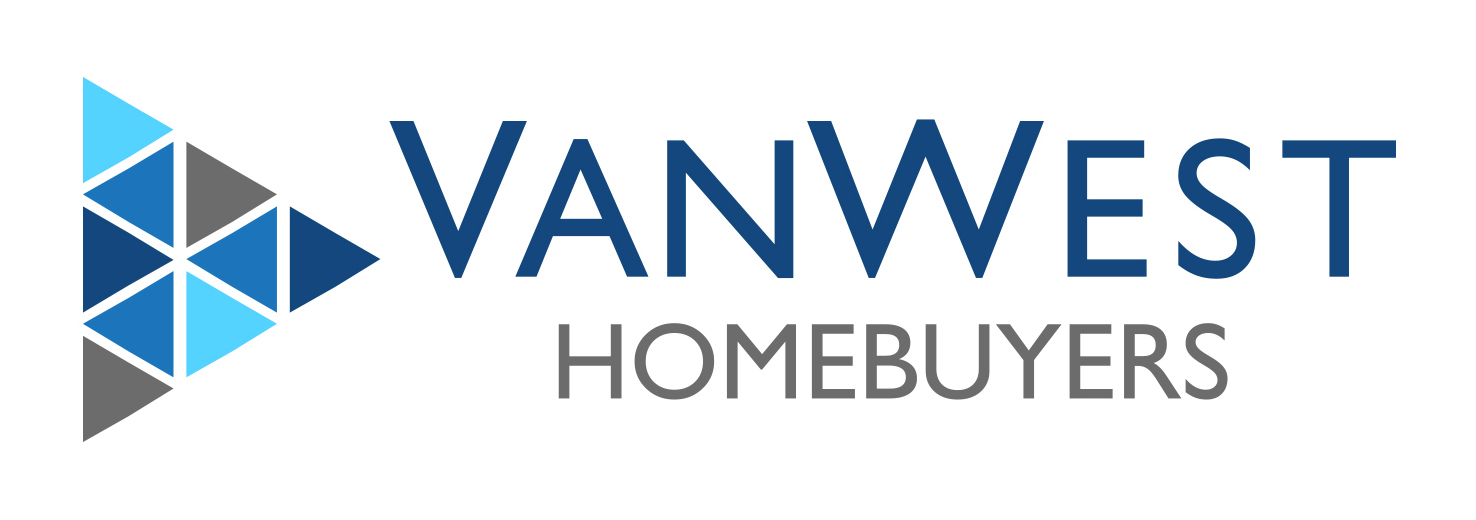 Popular television shows make real estate investing seem easy with guaranteed profits. What these shows don’t show you are the behind-the-scenes tribulations that investors must go through in securing and rehabbing properties.
Popular television shows make real estate investing seem easy with guaranteed profits. What these shows don’t show you are the behind-the-scenes tribulations that investors must go through in securing and rehabbing properties.
If you are new to real estate investment property buying, use these three smart financing strategies for an investment property in Colorado to reduce your stress and improve chances of profitability.
3 Smart Financing Strategies for an Investment Property in Colorado
1. Consider Financing That Includes Rehab Costs
Most investment properties need some level of fixing. Even if you are purchasing the property to rent out, there will most likely be things you need to do in order to prepare the property for rental. Highly distressed properties may need a complete gutting and rebuilding.
Factor all costs of rehab into your budget. If the cost is considerable, include a contractor’s estimate for the cost of remodeling the property. Seek a mortgage lender that funds loans that include construction costs. There are some smaller, niche specific lenders that do this. Even the FHA has a lending program that includes construction costs as part of one, complete loan.
Not only does securing funding with these costs help ensure you have the money to fix the property; it also keeps the entire loan under one note. This usually keeps interest rates lower with more manageable payments. Keeping your own cash in hand is ideal whenever possible.
2. Make a Large Down Payment
This may seem like a no-brainer, but many new investors think that they can get into a property with 0 to 5 percent down. While there may be some lenders willing to extend credit on an investment property for these terms, the rates are generally higher and only offered to experienced investors with track records and other assets to back the property.
Lenders view investment properties as the first place a person will “let go” of assets if financial hardships occur. Simply put, if you were to face serious financial issues, you would most likely keep making payments on your personal home and stall any payments in investment properties. This makes investment properties foreclosure higher risks, thus coming in with 20 percent or more is imperative.
Not only will most banks require at least 20 percent on investment property, the more you put down, the more favorable your interest and loan terms become. Of course, you still need to maintain enough cash and savings to protect your own personal finances and be able to prepare the property for rental or sale.
Smart investors often use a home equity line of credit on their own home to make a large down payment and then refinance the equity line on the new property, paying off their personal HELOC. This is leverage debt and a common strategy among real estate investors.
3. Ask for Owner Financing
An investment strategy not always considered is owner financing. With loans advertised by every financial institution, it has become common practice for buyers to get a loan through a financial institution. However, historically owners often financed property sales.
You might be able to find great investment properties where owners are willing to finance the transaction. A situation where an owner has the property free and clear of a mortgage but is moving to downsize or perhaps inherited the property might be a situation where owner financing is a very viable option.
It is always wise to ask if the owner is willing to finance. The structure usually is a short-term loan with a moderate down payment and monthly payments for a fixed period of time. These are great deals but can be hard to come by.
